
Detoxing from alcohol at home takes careful planning and a strong focus on safety. A trusted rehabilitation team can offer support, but if you're going through detox alone, setting up the right environment is key. Start by removing alcohol from your home and surrounding yourself with people who encourage your recovery.
Drink plenty of water and eat nutrient-rich foods to help your body heal. Get plenty of rest and engage in light movement to ease discomfort. Before taking any medications, check with a healthcare professional to make sure they’re safe for you.
Understanding Alcohol Detox
Alcohol detox is the body's way of getting rid of alcohol and its toxins. It’s the first step toward recovery and can be physically and emotionally tough. Withdrawal symptoms like cravings, anxiety, and nausea are common, so it helps to be mentally and physically prepared. Some people manage detox on their own, but professional support makes the process safer and more effective. Having a plan in place and knowing what to expect can help you navigate this transition with more confidence.
Creating a Safe Environment
A safe, distraction-free space makes detox easier. Get rid of all alcohol and anything else that might tempt you. Let family or friends know about your decision so they can support and check in on you. A calm, stress-free setting with fewer triggers will help you stay focused. Have emergency contacts ready, like a healthcare provider or a local support group, in case you need help. Preparing in advance sets you up for a smoother detox.
Hydration and Nutrition
Drinking enough water and eating balanced meals are crucial during detox. Water and electrolyte-rich fluids help flush toxins, while nutrient-dense foods aid recovery. Eat lean proteins, whole grains, fruits, and vegetables to replace vitamins and minerals that alcohol may have depleted. Foods rich in vitamin B, magnesium, and antioxidants can help with fatigue and irritability. Eating small, regular meals also keeps blood sugar stable, reducing withdrawal symptoms.
Managing Withdrawal Symptoms
Withdrawal symptoms can range from mild to severe and may include headaches, insomnia, nausea, and mood swings. Staying hydrated and eating well can help ease these effects. To manage stress and anxiety, try deep breathing or meditation. Light movement, like stretching or short walks, can also help you feel better. If symptoms become severe—such as confusion, seizures, or persistent vomiting—get medical help immediately. Pay attention to what your body needs and adjust as necessary.
Seeking Professional Support
While detoxing at home is possible, professional guidance makes it safer. A doctor or addiction specialist can assess your condition and suggest the best approach for your situation. If withdrawal symptoms become too intense, medical supervision may be necessary to prevent complications.
Many rehab centers offer outpatient programs, allowing you to detox at home while staying connected to professionals. Reaching out for expert advice increases your chances of long-term success and reduces the risk of relapse.
Deciding to detox from alcohol is a big step toward a healthier life. While home detox can work, having a plan and support system makes a huge difference. If you're struggling or unsure of what to do next, seek professional guidance. You don’t have to go through this alone—help is available. Reach out to a trusted rehabilitation team or a local support group and take control of your recovery today.
Other related articles:






.png)
.png)
.png)
.png)
.png)
.png)
.png)
.png)
.png)
.png)

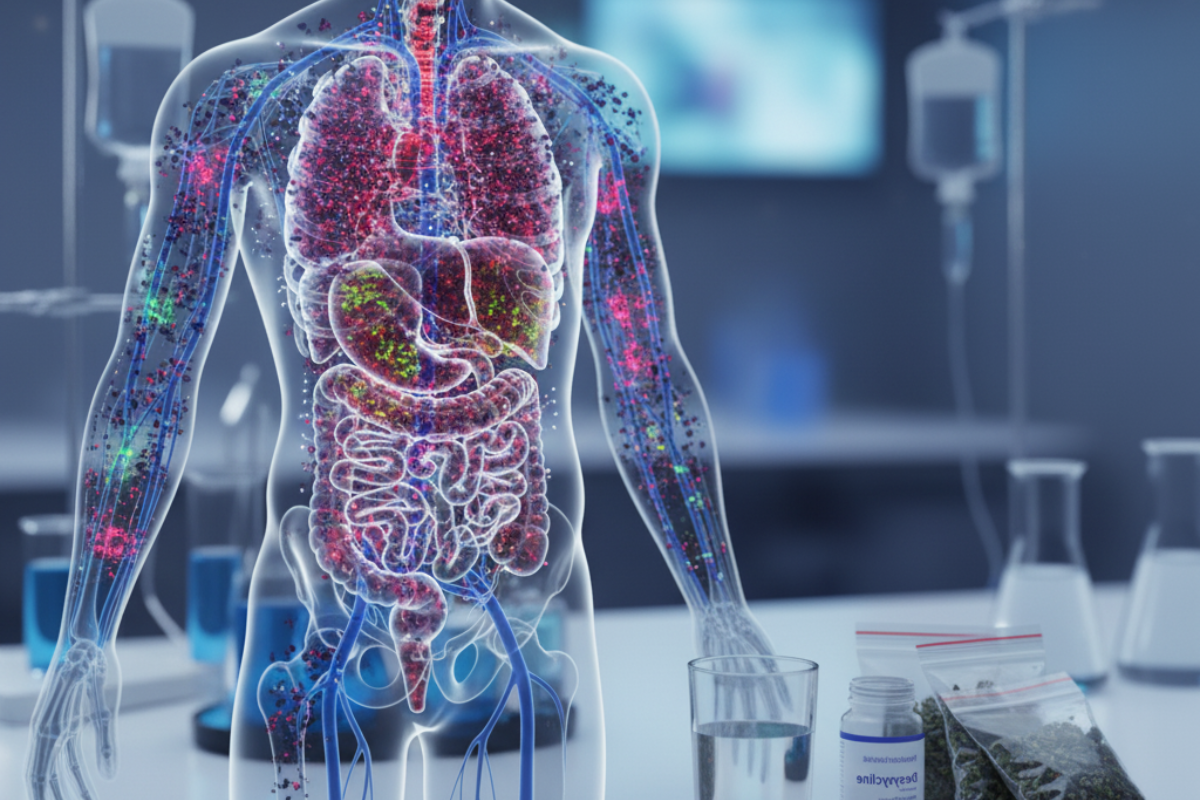

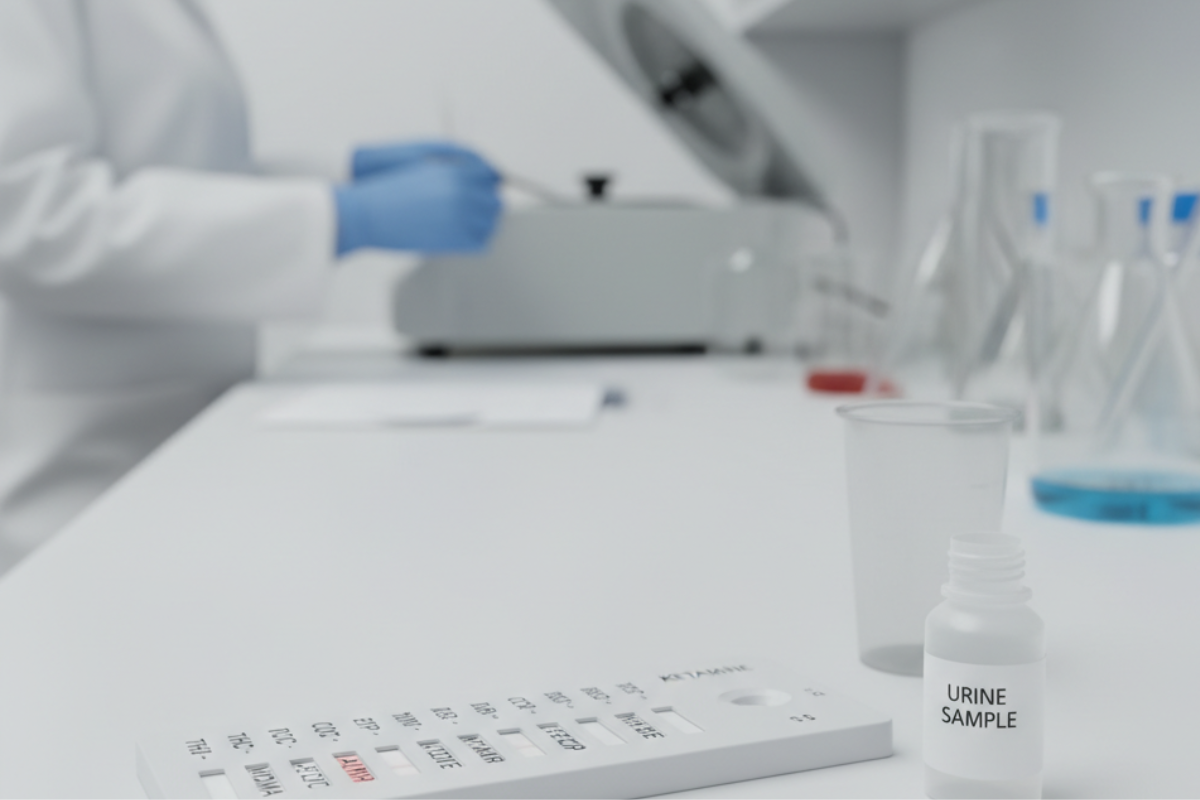
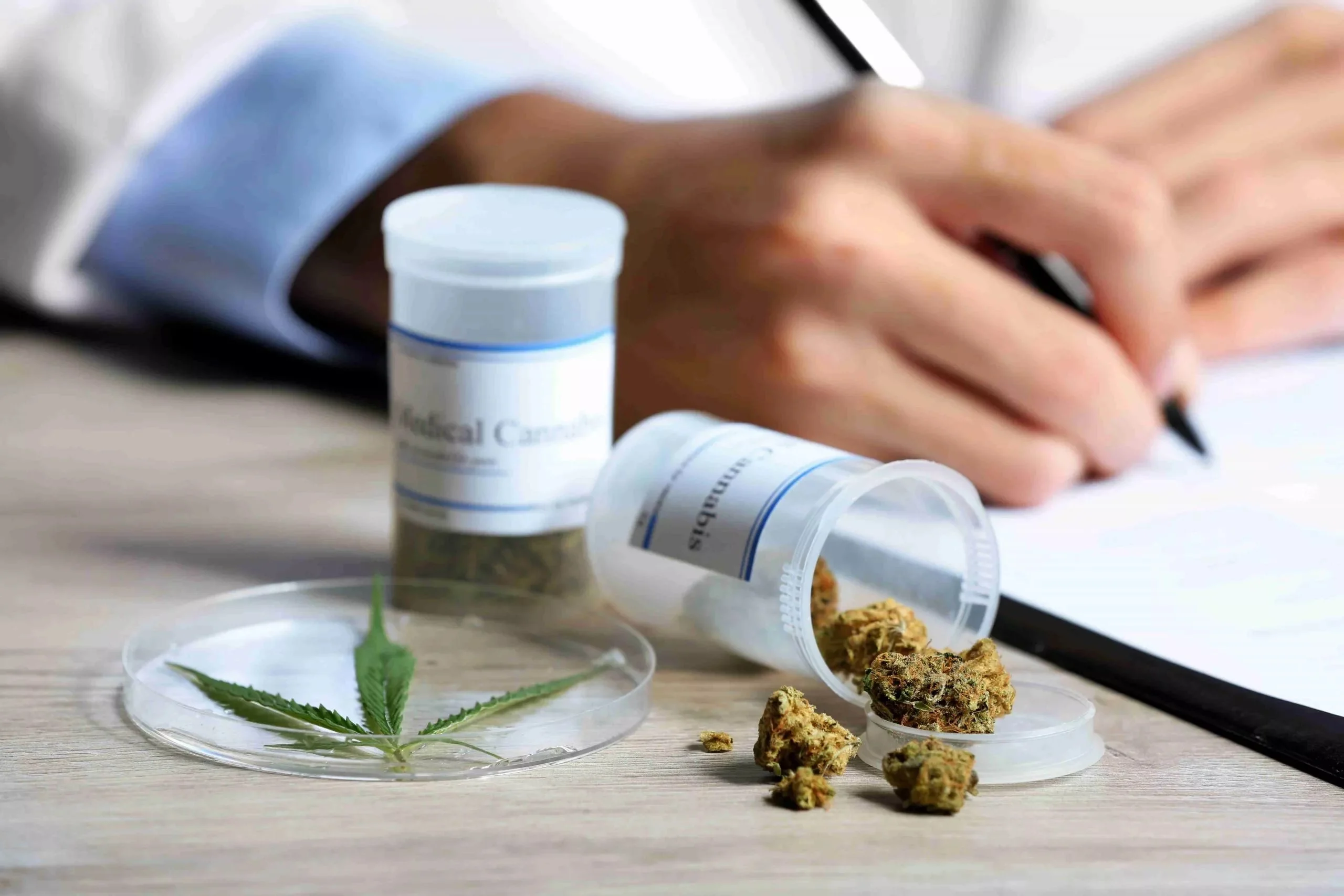

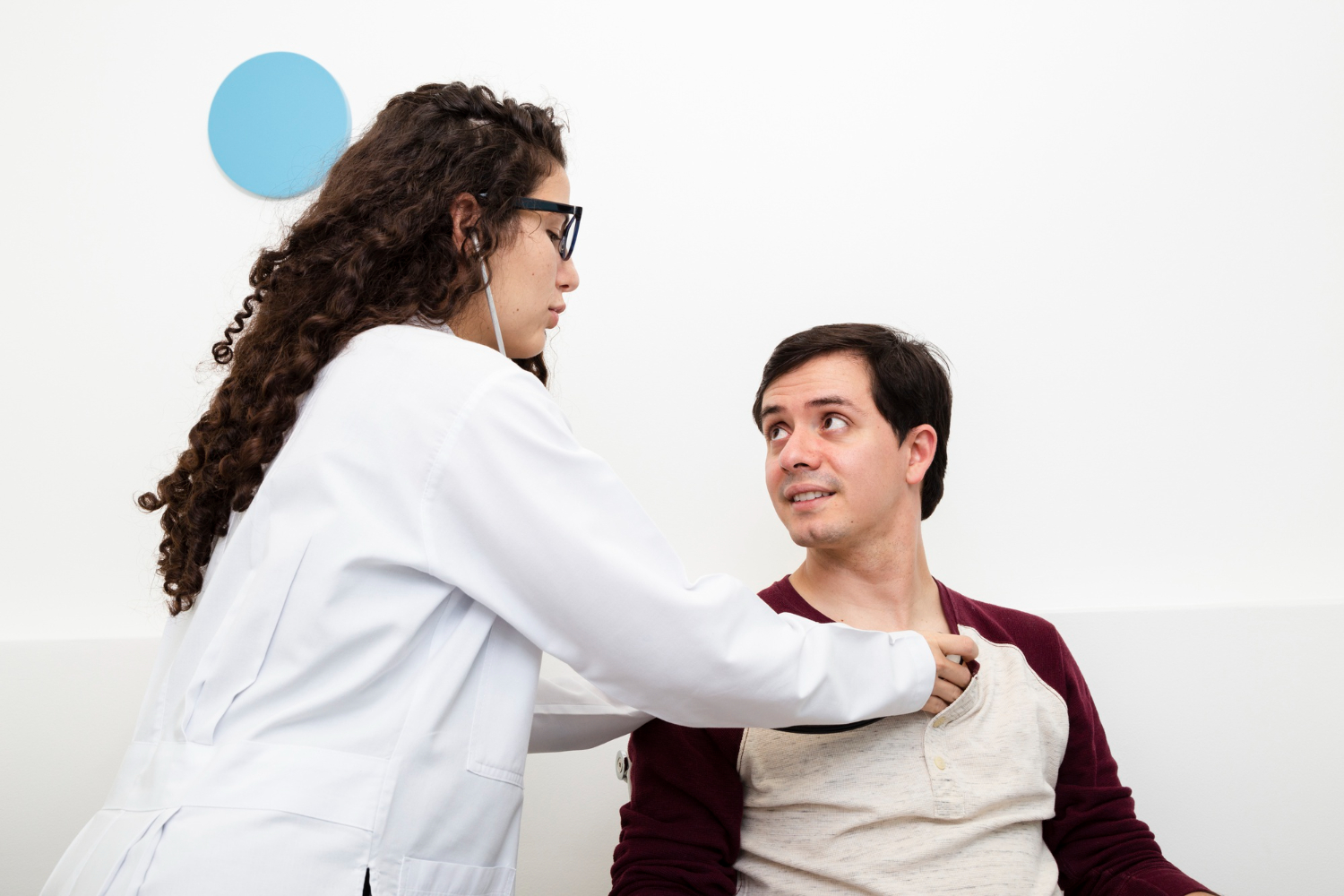



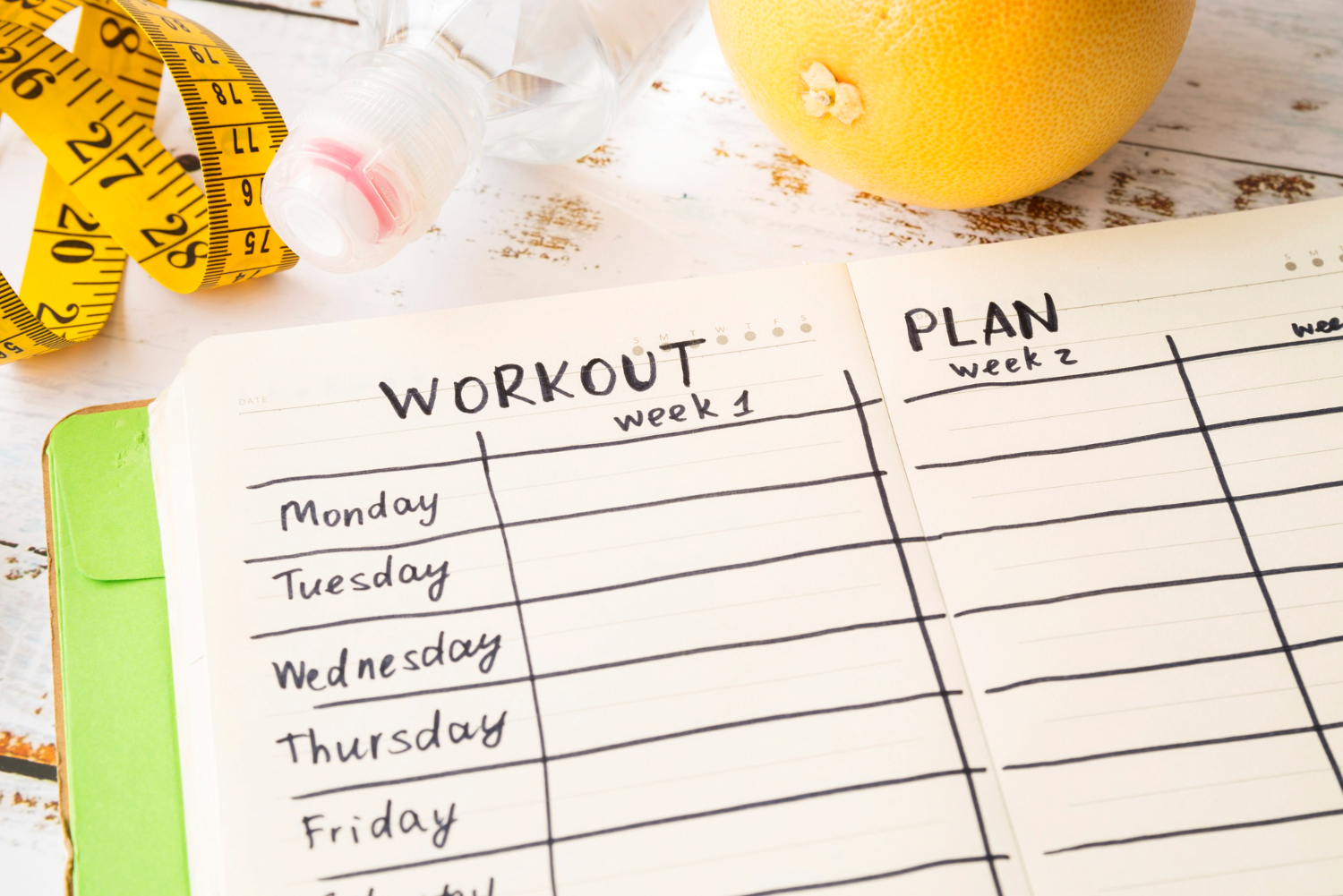

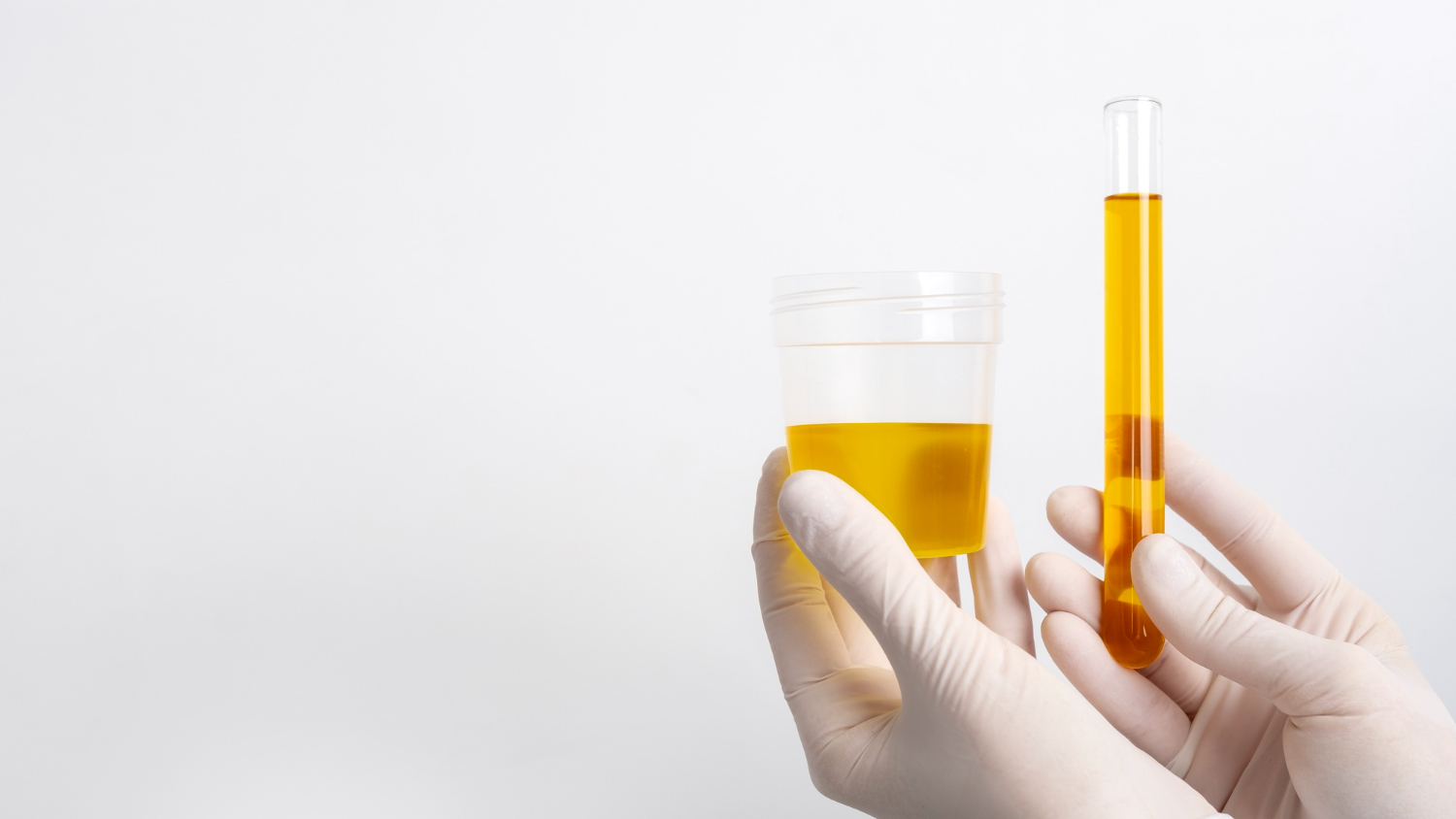
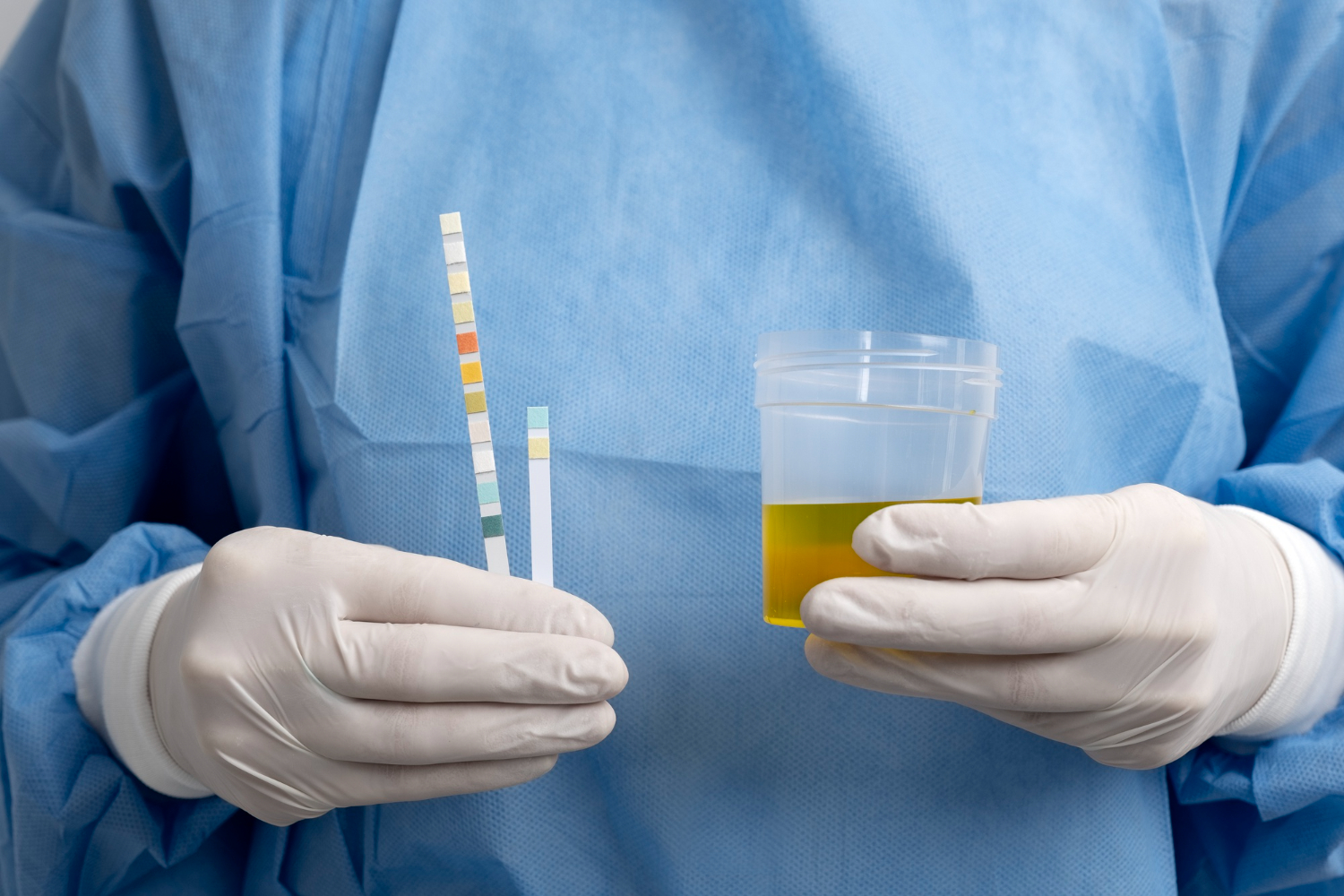
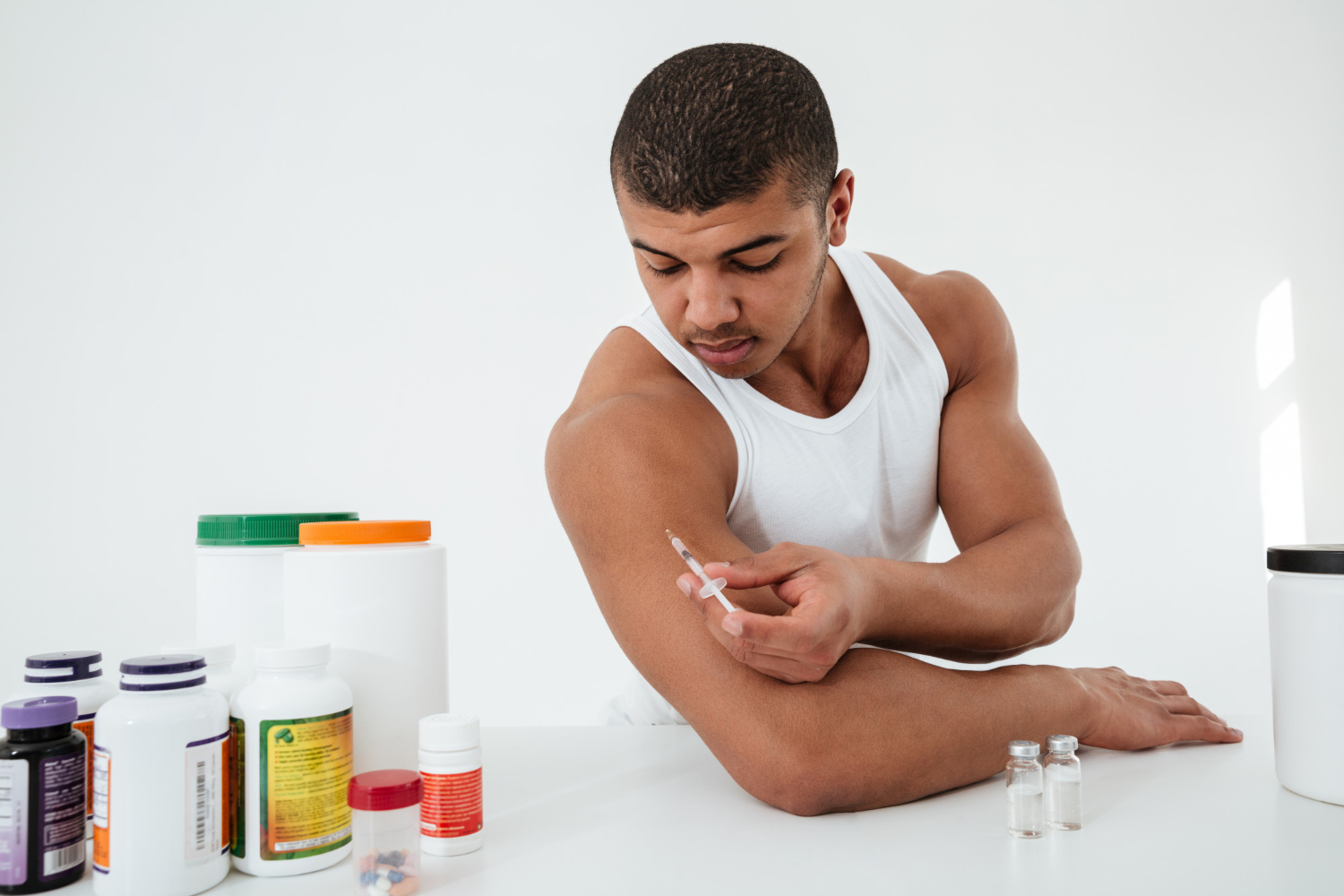




















.png)





.png)
.png)





.jpg)































